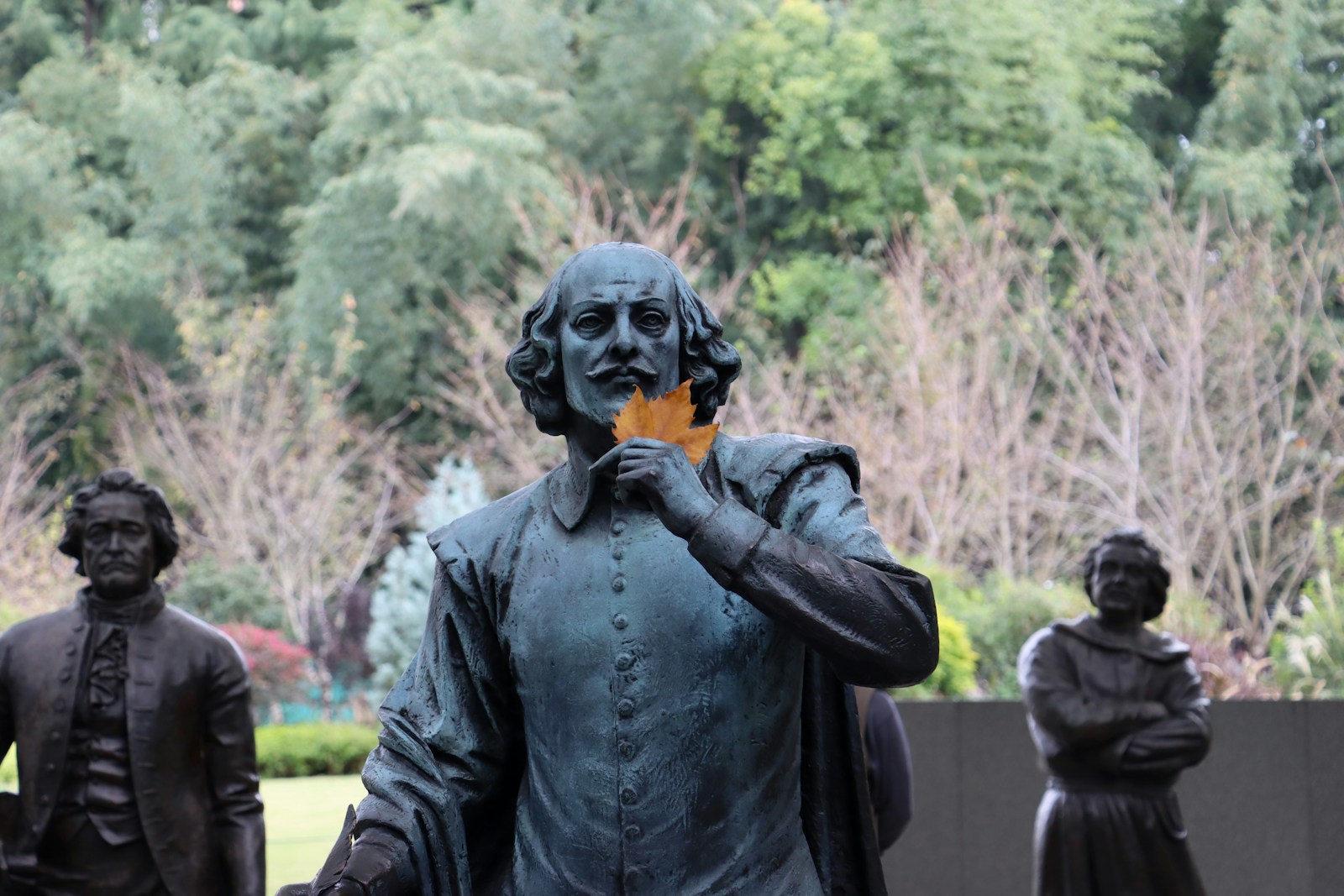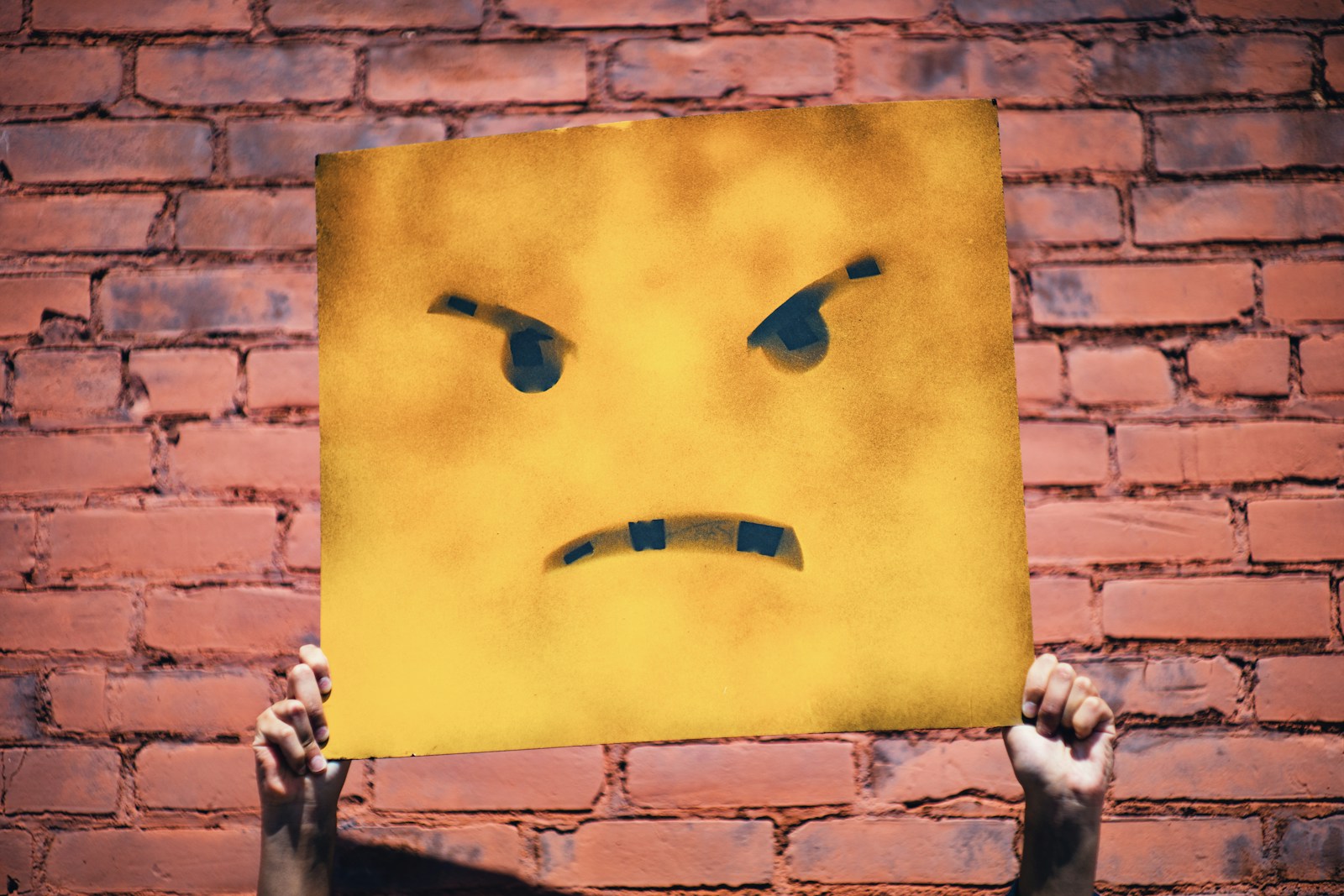
Introduction
Shakespeare, the Bard of Avon, is often celebrated as one of the greatest writers in the English language. His works, filled with rich imagery, intricate plots, and complex characters, have transcended time, leaving an indelible mark on literature. Yet, one of the most fascinating aspects of Shakespeare’s legacy is not just his storytelling prowess, but the evolution of the language he employed. From the use of “thee” and “thou” to the more modern “you,” the transformation of English during Shakespeare’s time invites us to explore the intricate relationship between language and culture.
A Brief Overview of Early Modern English
To truly appreciate the shift in language during Shakespeare’s era, we need to understand the period in which he lived and wrote. The late 15th to the early 17th century is often referred to as the Early Modern English period. This was a time of significant change in England, shaped by sociopolitical factors, the Renaissance, and the invention of the printing press. The English language was evolving rapidly, with influences from Latin, Greek, and other languages, as well as the infusion of new vocabulary from exploration and trade.
Shakespeare’s works were penned during a time when English was beginning to solidify as a distinct language, moving away from its Old and Middle English roots. His writings not only reflect this linguistic evolution but also actively contributed to it.
The Use of “Thou,” “Thee,” and “Thy”
In earlier forms of English, “thou,” “thee,” and “thy” were standard pronouns used to address someone informally or with familiarity. They were akin to the modern “you” in that they could denote intimacy or friendship. “Thou” was the subject form (as in “thou art”), “thee” was the object form (as in “I give this to thee”), and “thy” served as the possessive (as in “thy kingdom come”).
The use of these pronouns often indicated social class and relationship dynamics. For instance, a servant might address a noble using “thou” to convey a sense of closeness, whereas the noble would likely respond with “you,” emphasizing their status. This intricate dance of pronouns provided a window into societal structures and interpersonal relationships of the time.
In Shakespeare’s plays, we see a careful selection of these pronouns to establish character relationships and tensions. Consider the emotional weight in Juliet’s use of “thou” when addressing Romeo, which signals both intimacy and youthfulness, while an older character might use “you” to maintain a social distance.
The Shift Towards “You”
As the Early Modern English period progressed, the pronoun “you” began to gain prominence. Originally a plural form (like “youse” in modern dialects), “you” was used to address multiple individuals. However, by the late 16th and early 17th centuries, “you” began replacing “thee” and “thou” for singular informal interactions.
Several factors contributed to this shift. The rise of the middle class and the changing social landscape meant that the distinctions between classes were becoming less rigid. As people moved away from rigid hierarchies, the use of the more neutral “you” became a way to foster equality and inclusiveness in conversation.
Shakespeare himself was at the forefront of this change. In his works, he often mixed “thou” and “you,” expertly highlighting the emotional weight of the dialogue. For instance, in “Hamlet,” the titular character oscillates between addressing others with “thou” and “you,” showcasing his internal conflict and fluctuating relationships.
Cultural and Historical Influences
The evolution of language is never isolated from the cultural and historical context in which it exists. The sociopolitical changes during Shakespeare’s lifetime greatly influenced linguistic shifts. The dissolution of feudalism and the rise of a more mercantile society led to greater social mobility, which in turn affected language use.
Additionally, the spread of the printing press allowed for the standardization of English, making texts more accessible and promoting a shared linguistic framework. As people began to read and write more, variations in language usage became more apparent, leading to a collective push toward consistency.
The Protestant Reformation also played a significant role in the evolution of English. With the translation of the Bible into English, religious texts became accessible to the masses, and everyday language began to reflect these new influences. Shakespeare, a contemporary of this religious upheaval, would have been influenced by the linguistic changes that occurred in sacred texts as well.
The Role of Shakespeare in Language Evolution
Shakespeare’s contribution to English is profound. Not only did he use existing words and phrases, but he also coined new ones that have become staples of the language. Terms like “eyeball,” “fashionable,” and “lonely” emerged from his quill. He had an innate ability to play with words, sounds, and rhythms, effectively shaping the evolution of English into a more expressive and nuanced form.
In his works, Shakespeare also pushed the boundaries of grammar and syntax. He experimented with sentence structures, creating a melodic quality to his verses that still captivates audiences today. This creative license helped pave the way for future writers to explore the potential of English freely, expanding its expressive capacity.
The Legacy of Language Evolution
The transition from “thee” and “thou” to “you” is but one illustration of the dynamic nature of language. Language is not static; it evolves, adapts, and changes based on cultural and societal influences. The evolution witnessed during Shakespeare’s time laid the groundwork for modern English, allowing it to flourish into the versatile language we know today.
The nuances in language, such as the distinction between formal and informal address, may seem trivial today. Still, they reflect deeper cultural dynamics that influence how we communicate and connect with one another. Shakespeare’s ability to harness this linguistic evolution reflects the very essence of human experience—our relationships, our struggles, and our triumphs.
Conclusion
Understanding the evolution of language during Shakespeare’s time requires us to explore not just the words themselves, but the context in which they were used. The shift from “thee” to “you” serves as a microcosm of broader societal changes and the fluidity of language. Shakespeare’s works remain a testament to this evolution, capturing the essence of human connection while pushing the boundaries of expression.
So, the next time you read a Shakespearean play or sonnet, take a moment to appreciate not just the beauty of the language, but also the journey it represents. From the familiar “thou” to the more formal “you,” these words tell a story of a time when language was as rich and multifaceted as the human experience itself. Embrace the evolution, because it is through this lens that we understand not just the past, but also the way language continues to shape our present and future.


